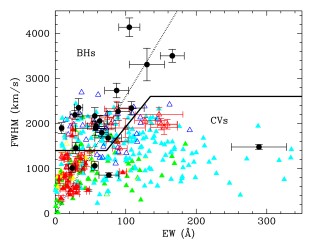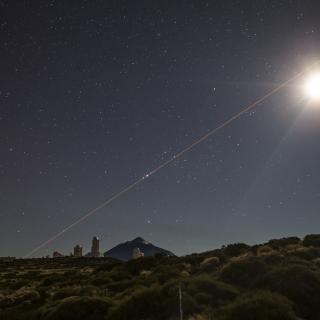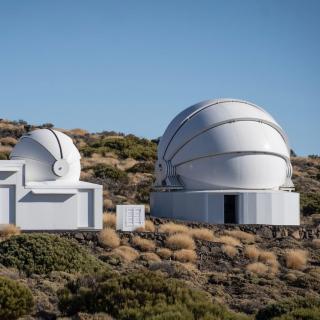
El Museo de la Ciencia y el Cosmos , del Organismo Autónomo de Museos y Centros del Cabildo de Tenerife, acogerá el próximo jueves 23 de octubre a las 16:30 horas una nueva cita del ciclo de divulgación científica “Del cielo a la tesis”, organizado en colaboración con la Universidad de La Laguna (ULL) y el Instituto de Astrofísica de Canarias (IAC). Este ciclo, impulsado por estudiantes de doctorado del IAC, tiene como objetivo acercar a la ciudadanía los temas más actuales de la investigación astrofísica contados en primera persona por quienes los desarrollan. Cada sesión, de carácter
Advertised on




